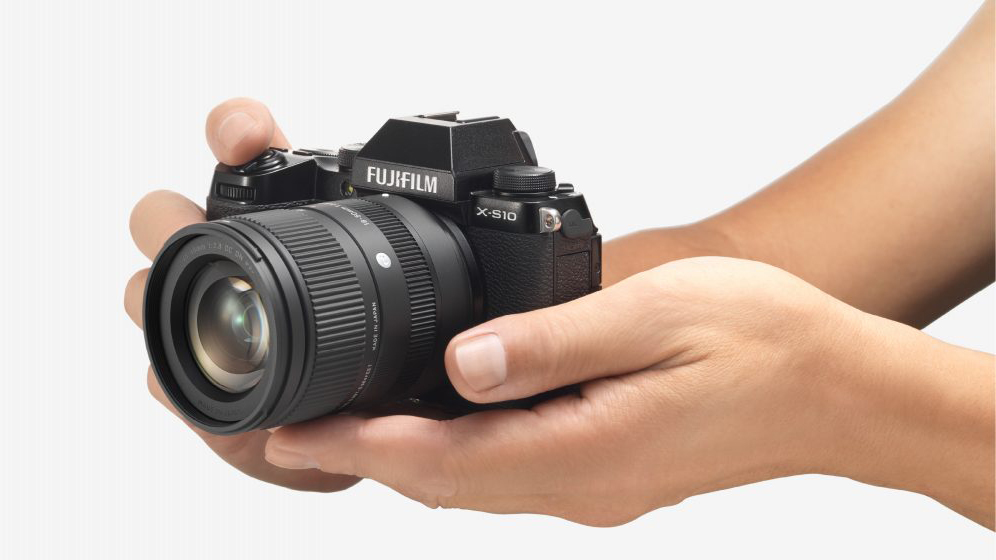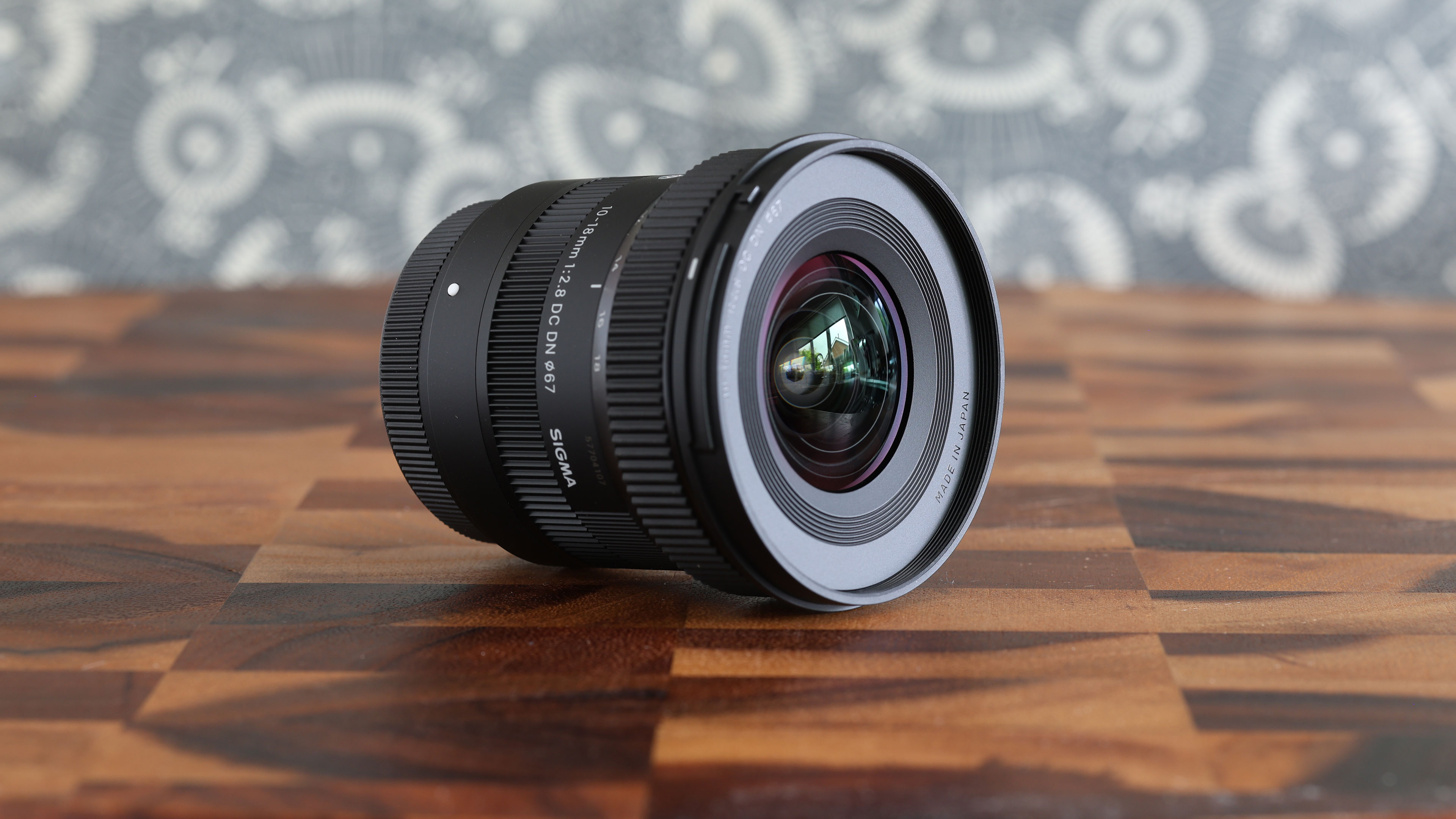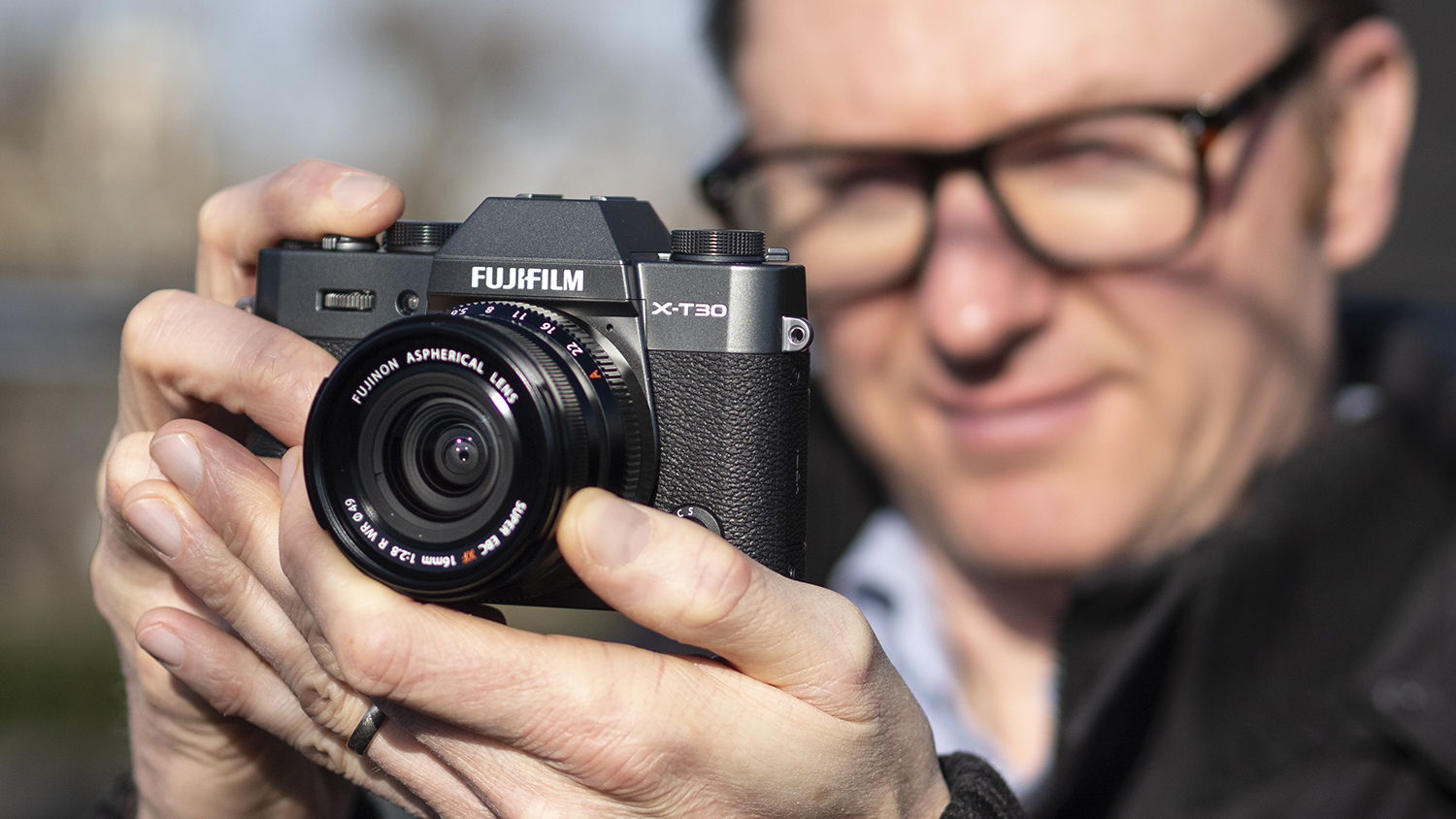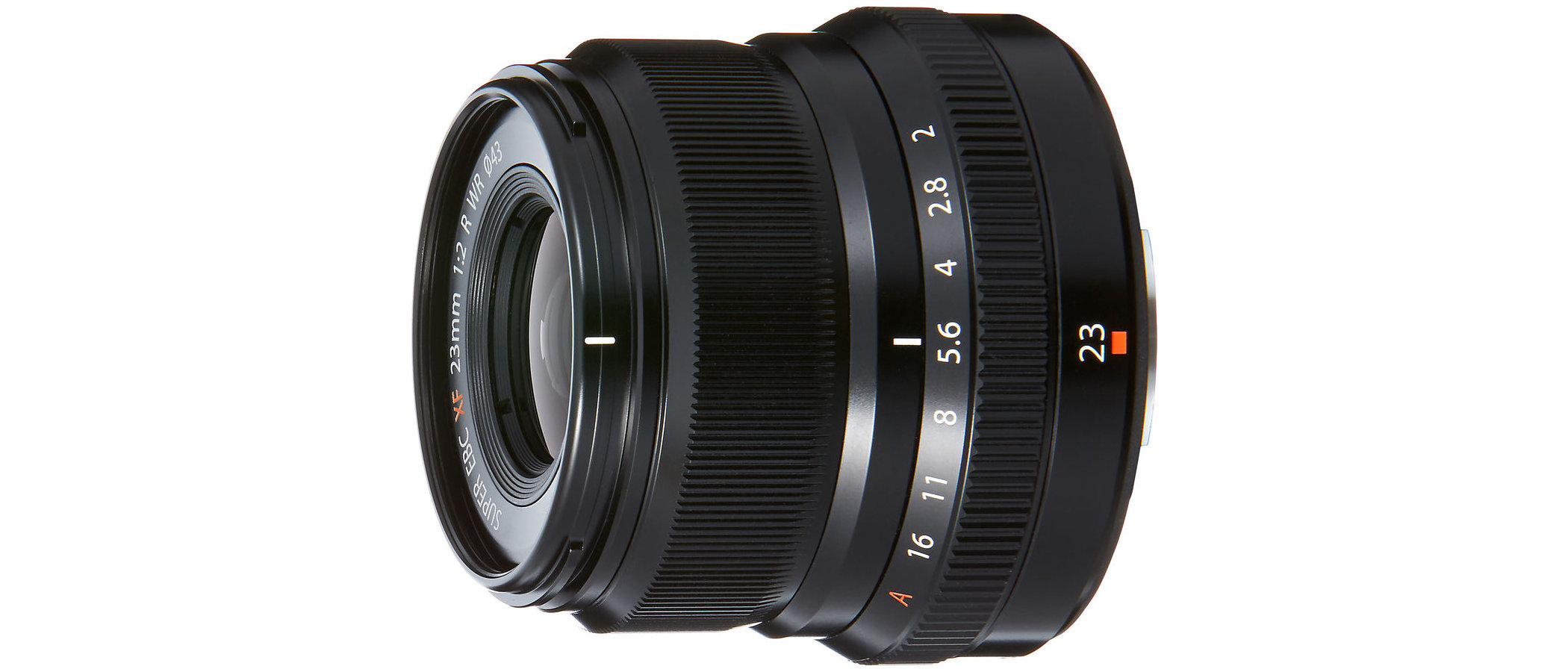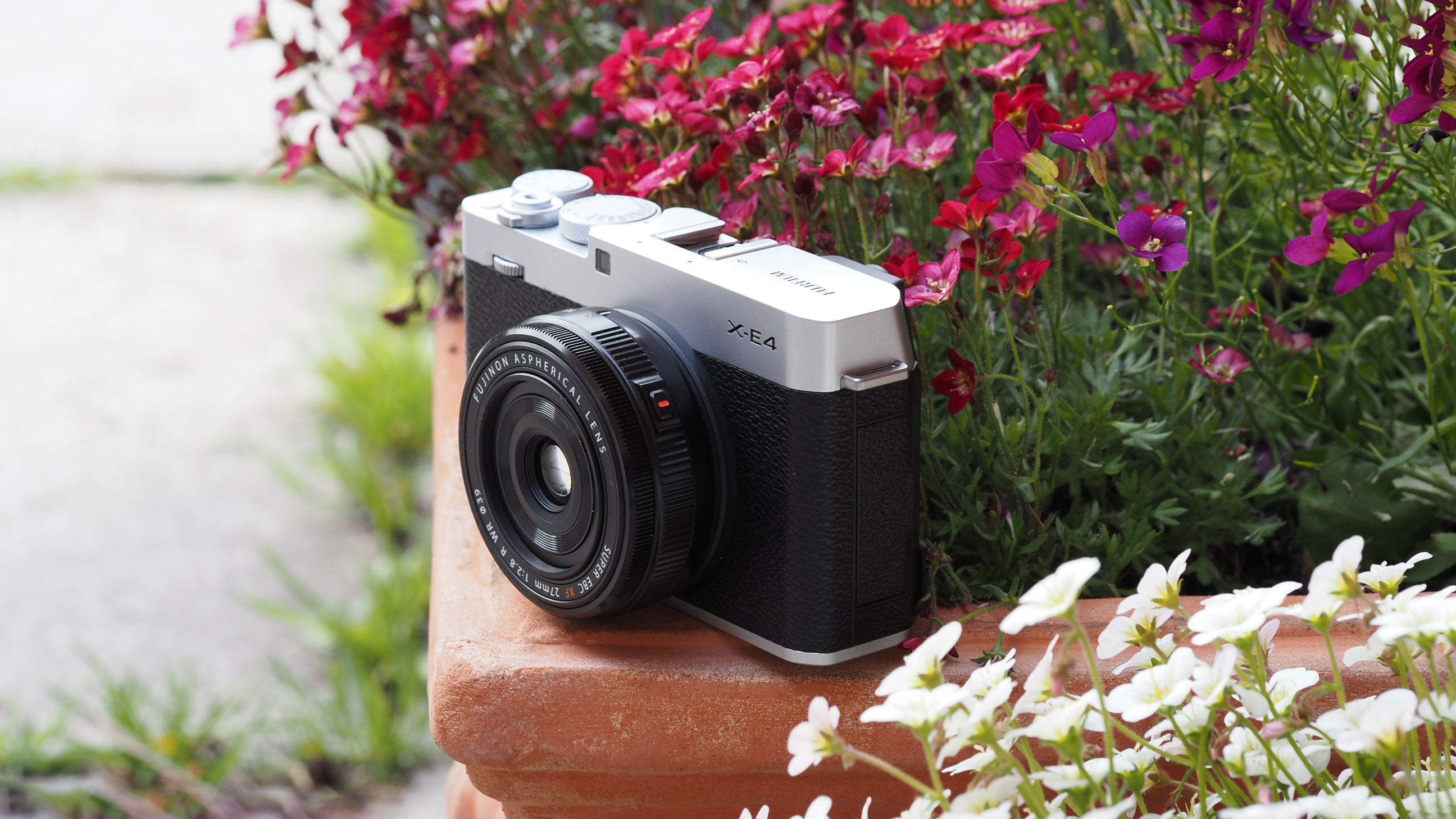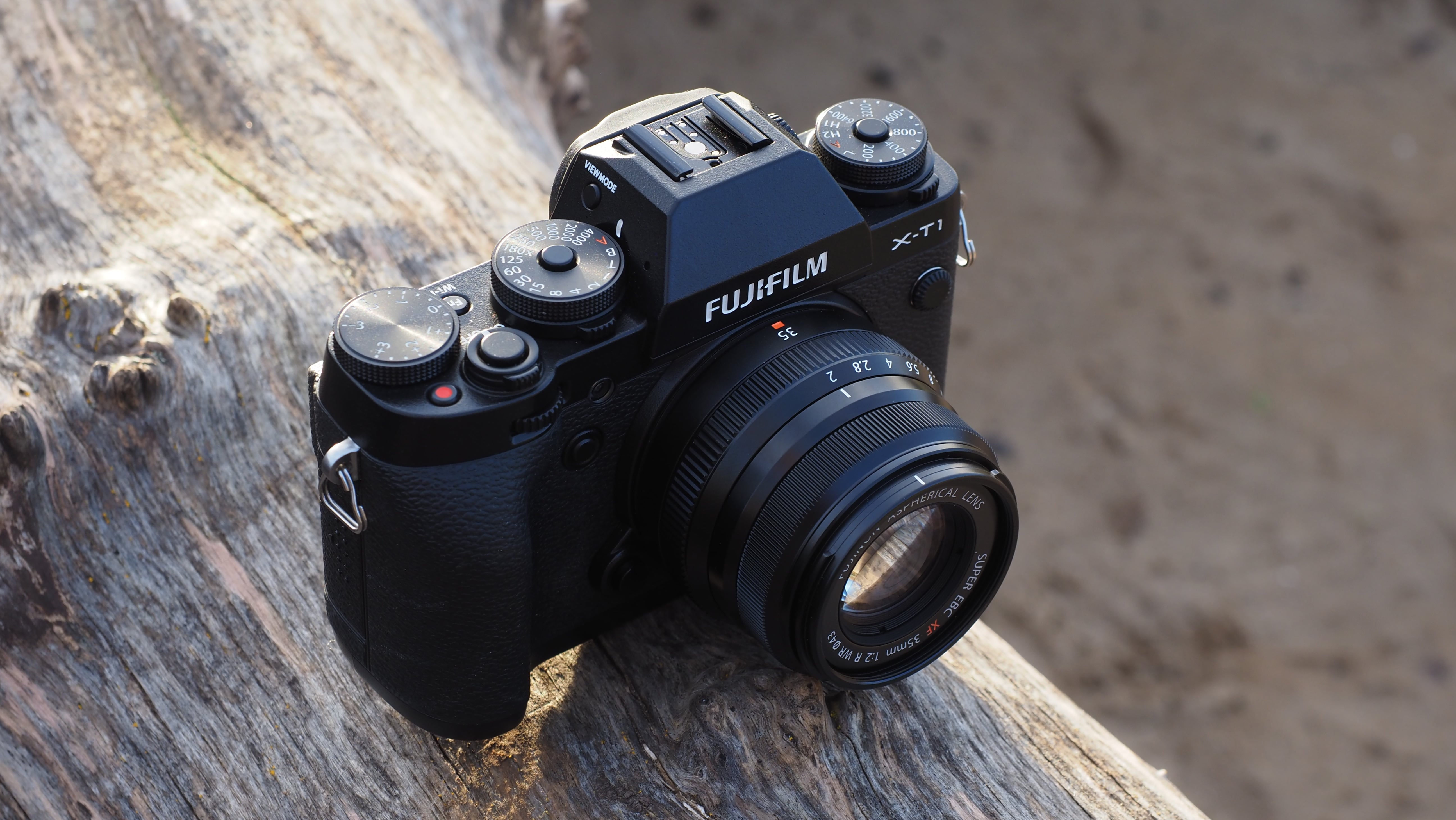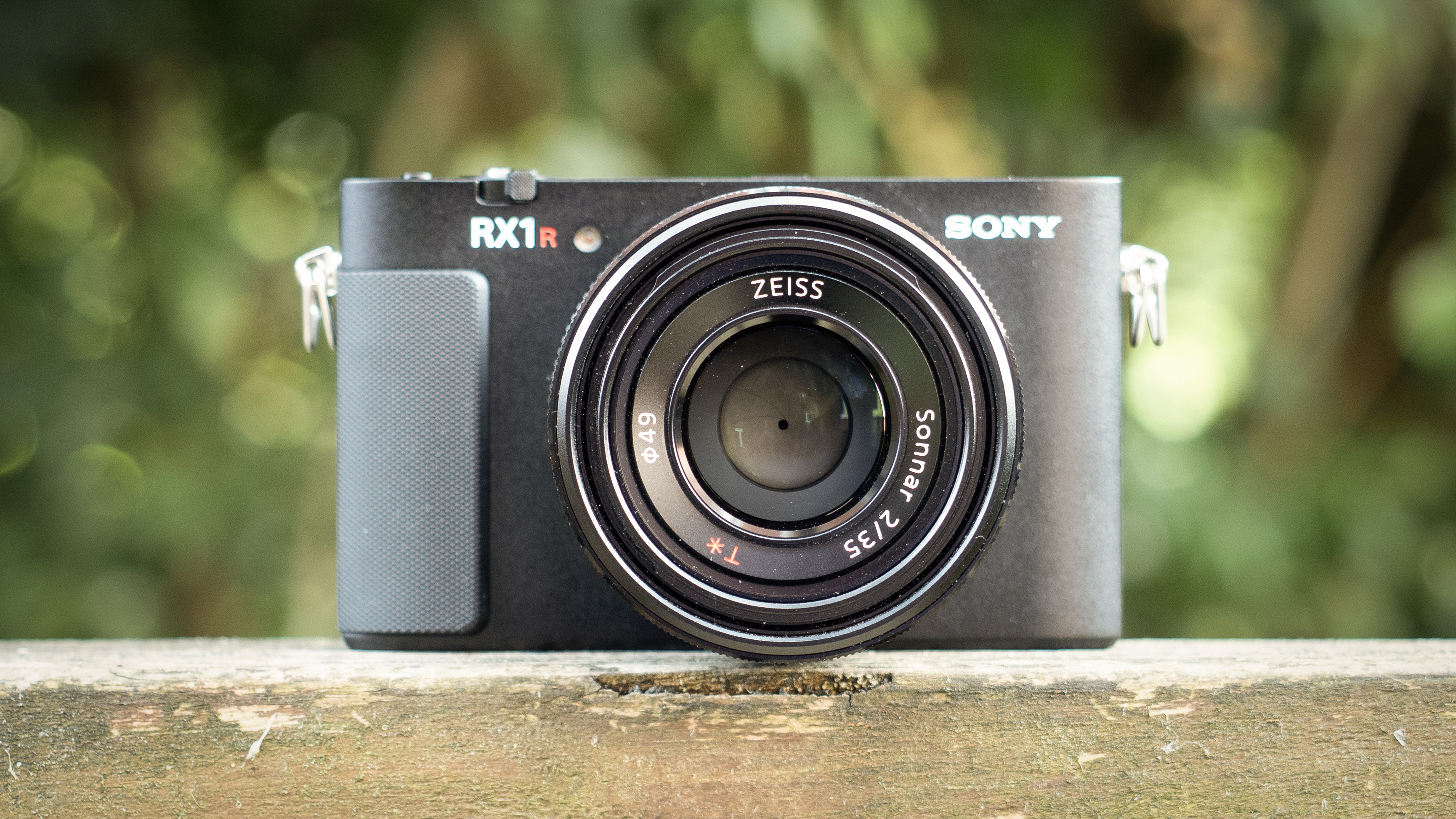The best lenses for the Fujifilm X-T50: glass with the power to resolve ultra-fine detail
The Fujifilm X-T50 is a small camera that goes large on resolution, so what are the best lenses to match its 40MP potential? Here are my top recommendations...
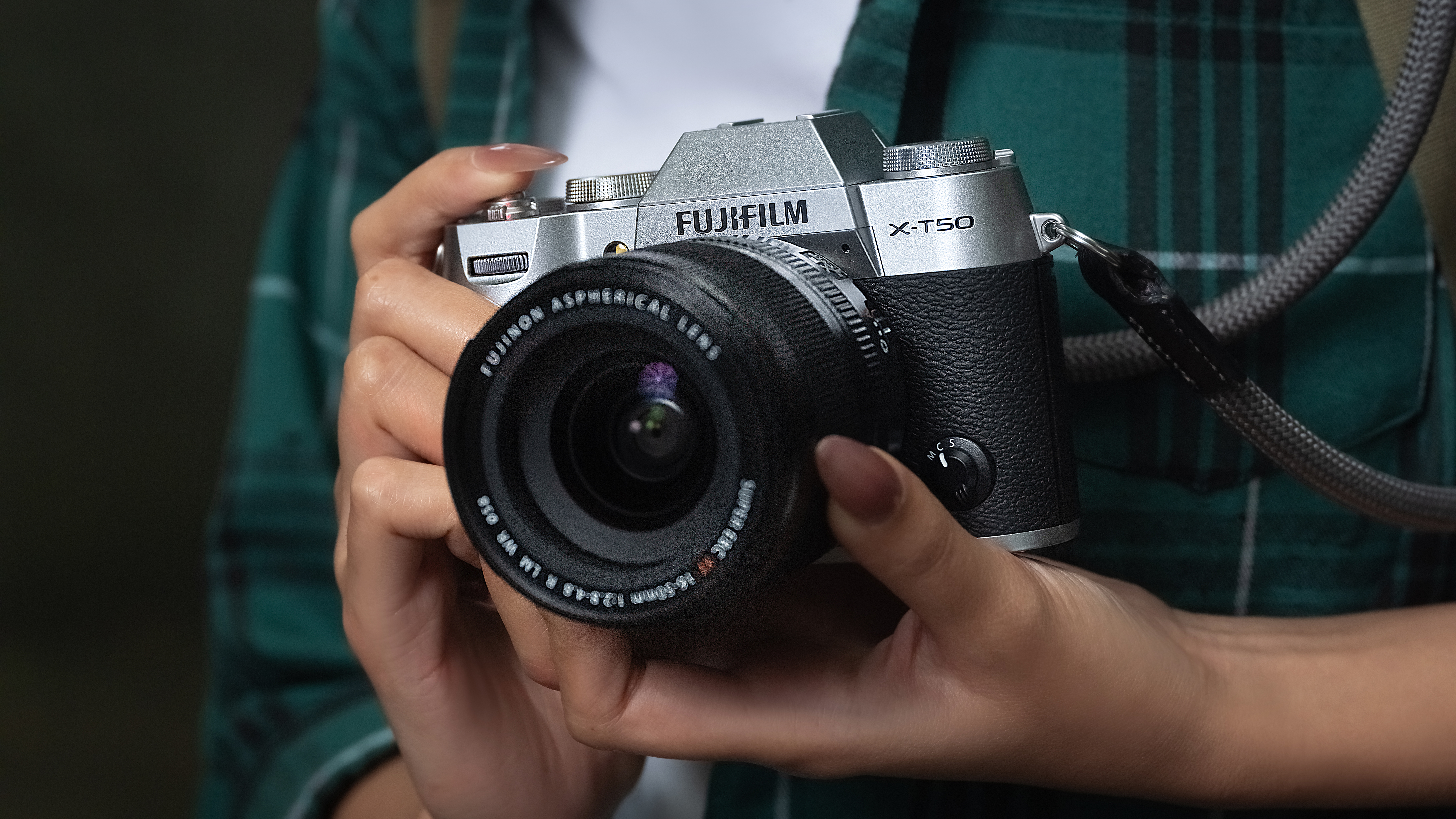
The Fujifilm X-T50 is a beautiful retro-styled mirrorless camera that’s also remarkably compact. But inside is a high-resolution 40MP X-Trans sensor that makes some pretty heavy demands on lens quality.
I like the Fujifilm X-T50 a lot. It’s one of the best Fujifilm cameras in the range and, despite its compact size, it packs in the same 40MP APS-C sensor found in the Fujifilm X-T5 and X-H2. This sounds like a great step forward, but it does show up any weaknesses in some older existing lenses – most of which were designed when Fujifilm cameras had resolutions of 26MP, 24MP or even 16MP.
When you're searching out lenses for the Fujifilm X-T50, this is something you should take into account. Some of Fujifilm’s more obvious lens choices, like the XF 16-80mm f/4 kit zoom and XF 10-24 f/4 wideangle zoom, don’t perform especially well on this new, higher resolution sensor. With all that in mind, here are the lenses I recommend for the X-T50.
The Quick List
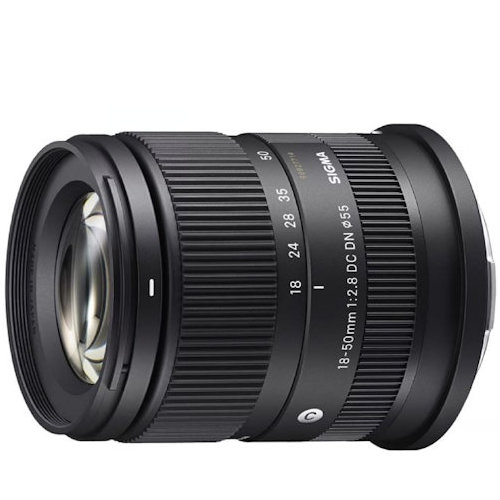
Surprisingly compact and lightweight considering its constant f/2.8 aperture, this Sigma Contemporary lens has an ‘effective’ zoom range of 27-75mm, ideal for the everyday.
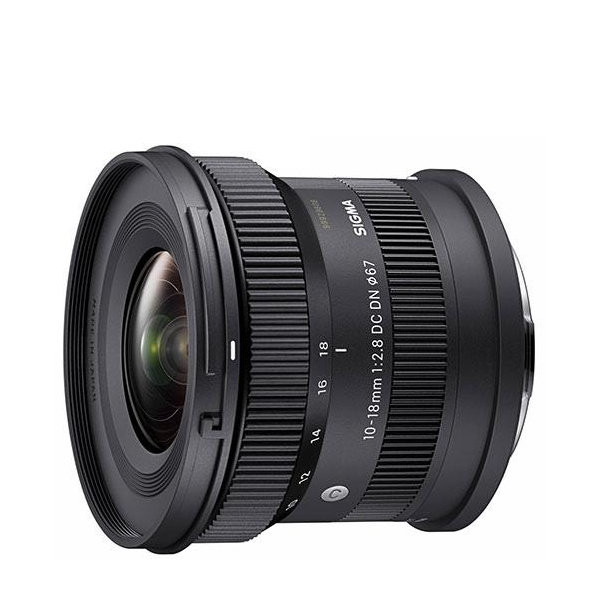
From Sigma’s ‘Contemporary’ line-up, this ultra-wide-angle zoom is designed to be compact and affordable, but still delivers huge viewing angles and a constant f/2.8 aperture.

I really like using 24mm lenses on full-frame cameras and this prime gives the same field of view on X-system bodies, with a fairly fast f/2.8 aperture and compact build.
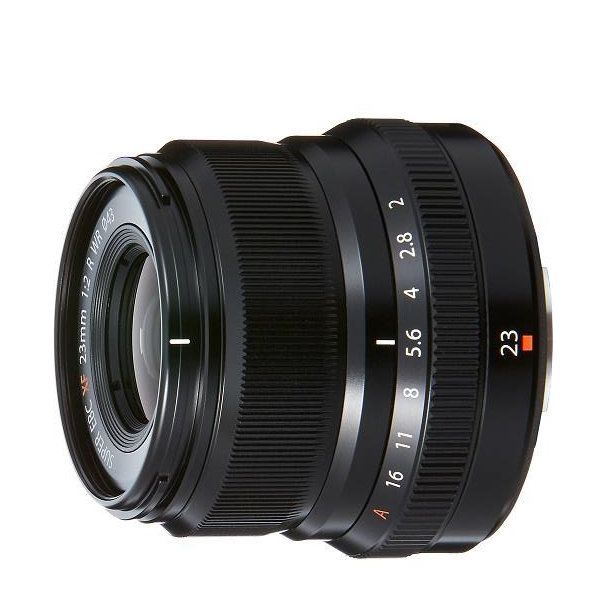
Small but fast, this f/2 prime lens has an effective focal length of 35mm, making it an ideal option for street photography and general shooting.
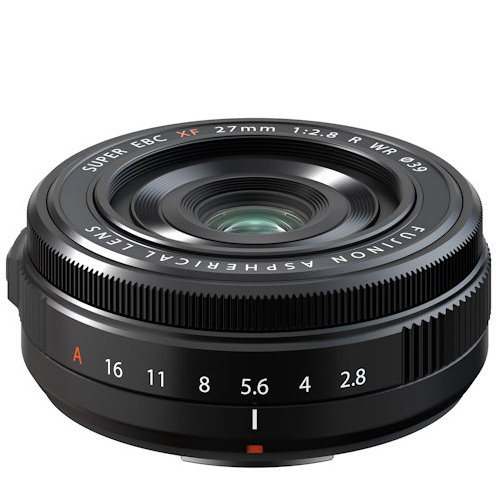
When discretion is the better part of valor, this super-skinny pancake lens fits the bill perfectly. And despite being less than an inch thick, it still features an aperture ring.
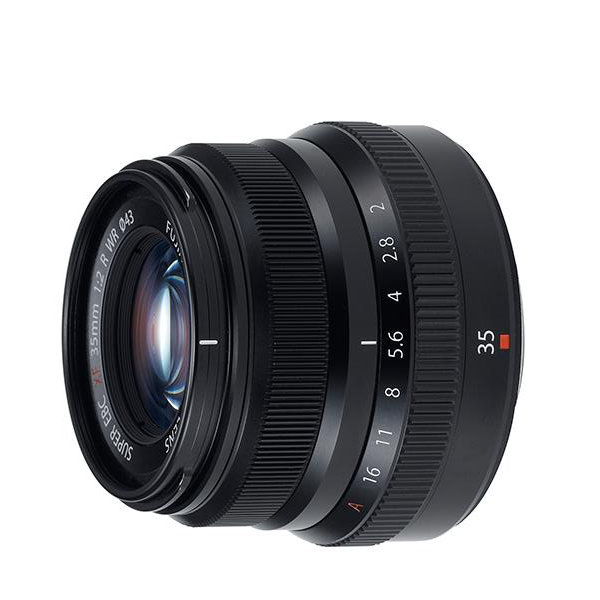
I find this lens almost indispensable. It’s the perfect ‘nifty fifty’ for X-system cameras, with a very similar field of view to using a 50mm lens on a full-frame camera.
Best lenses for the Fujifilm X-T50
Why you can trust Digital Camera World
Best standard zoom for the X-T50
Specifications
Reasons to buy
Reasons to avoid
Fujifilm’s new 16-50mm kit lens is good, but many photographers would prefer a constant-aperture lens. Fujifilm does make an XF 16-55mm f/2.8 pro lens, but it’s very large and heavy and would not balance well on the X-T50. It’s also expensive. This is why I'm so excited about the Sigma 18-50mm f/2.8 DC DN Contemporary. This too is a constant-aperture f/2.8 zoom, but it’s half the size of the Fujifilm lens and half the price. In fact it’s no larger than the XF 16-50mm f/2.8-4.8 R LM WR. There are a couple of downsides. The minimum focal length is 27mm equivalent not 24mm, so it doesn’t go quite as wide, and there’s no aperture ring, which. It does also display some color fringing towards the edges of the frame, but this can be automatically corrected. That aside, this is a remarkably powerful and compact lens that would make the ideal premium standard zoom for the X-T50.
See our full Sigma 18-50mm f/2.8 DC DN Contemporary review
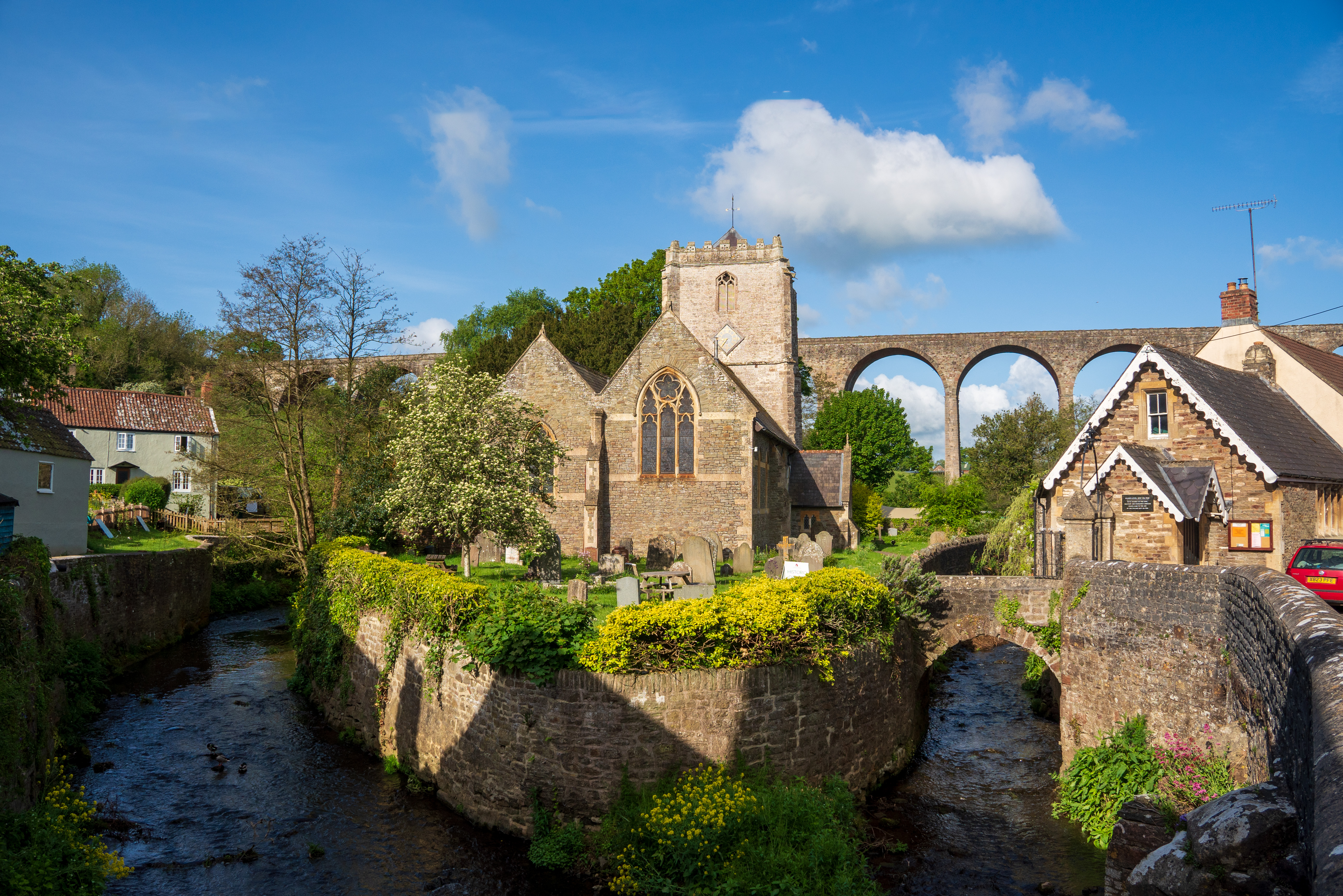

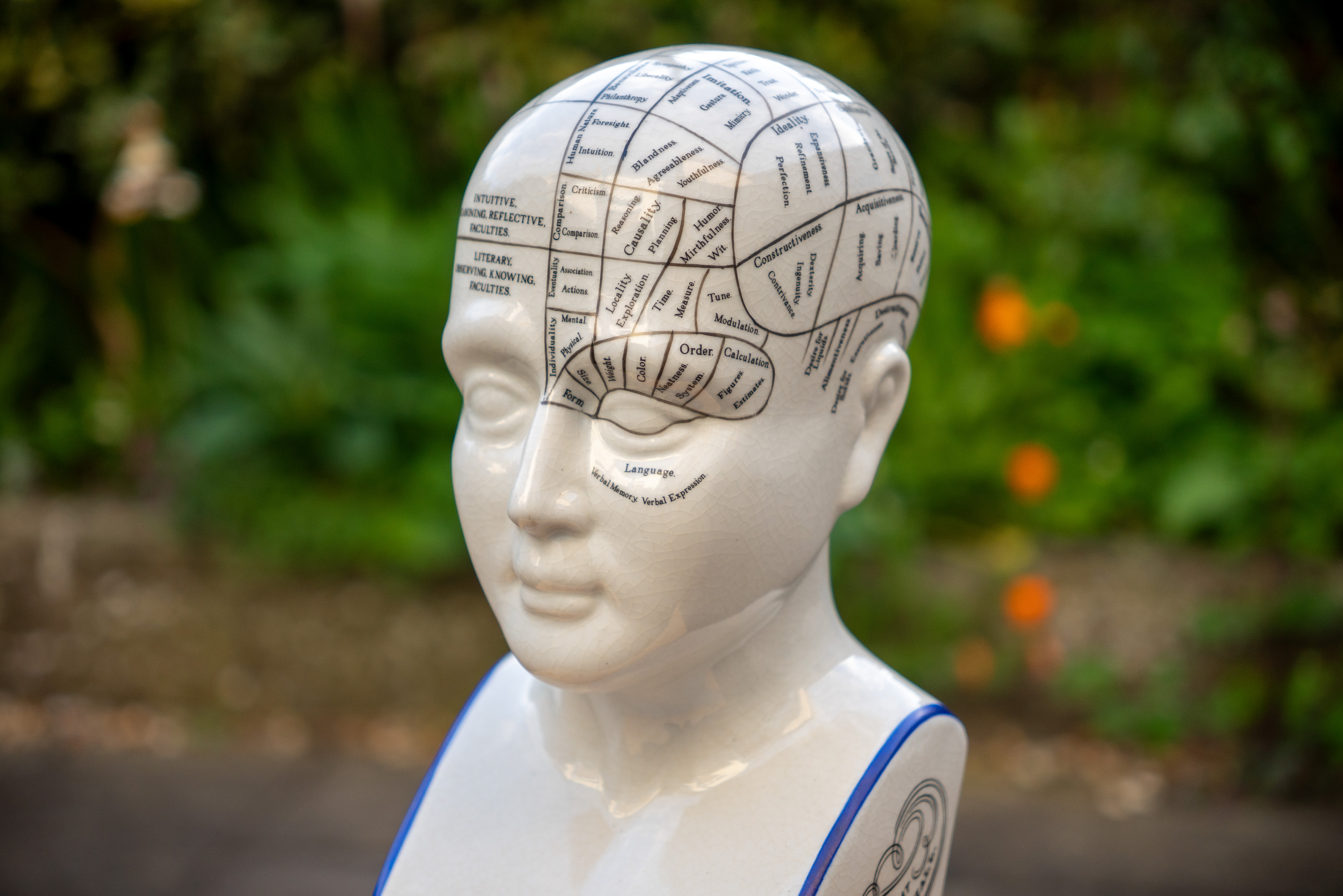
Features ★★★★☆ | The fast and constant f/2.8 aperture is the killer feature but the lens is built to be compact and lightweight so there aren’t many extras. |
Design ★★★★★ | Although small and light, the lens feels sturdy and well built. It feels right at home on slimline Sony bodies. |
Performance ★★★★☆ | There’s a good mix of sharpness and smooth bokeh, although edge-sharpness could be better at long zoom settings when shooting wide-open. |
Value ★★★★☆ | It’s the kind of lens that you could happily use as your ‘go to’ for everyday shooting, making it very good value at the price. |
Best wide-angle zoom for the X-T50
Specifications
Reasons to buy
Reasons to avoid
Sooner or later, every photographer needs a wide-angle zoom, whether it’s for landscapes, travel photography or interiors. Fujifilm does have the XF 10-24mm f/4, but it’s a pretty big lens and not great when matched with the 40MP sensor and the X-T50’s compact body. Sigma, however, has the answer. The Sigma 10-18mm f/2.8 DC DN Contemporary isn’t just an extraordinarily compact wide-angle zoom, it also has a constant f/2.8 maximum aperture. The 10-18mm zoom range is equivalent to 15-27mm in full frame terms, so although it goes very wide, it doesn’t have a lot of reach – it’s a pretty short zoom range. On the upside, its focal range does tie in perfectly with the Sigma 18-50mm f/2.8 DC DN Contemporary to make a compact and portable twin-lens travel kit.
See our full Sigma 10-18mm f/2.8 DC DN | Contemporary review




Features ★★★★☆ | The fast and constant f/2.8 aperture puts astrophotography on this lens’s ‘can do’ list, along with landscapes and the like, but there’s no optical stabilization. |
Design ★★★★★ | The lens is refreshingly compact and lightweight for an ultra-wide-angle zoom with an f/2.8 aperture. |
Performance ★★★★☆ | Sharpness is superb across most of the image frame, throughout the entire zoom range, not so great in the extreme edges and corners. |
Value ★★★★★ | The combination of size, constant f/2.8 aperture and super-slick handling make the value unbeatable. |
Best wide-angle prime for the X-T50
Specifications
Reasons to buy
Reasons to avoid
The Fujifilm X-T50 is a compact camera, and it really needs compact lenses to set it off properly, both in appearance and general handling. This is why I’ve included some of Fujifilm’s older compact prime lenses in this guide. These sacrifice outright maximum aperture for compactness and affordability, so that while the f/2.8 maximum aperture of the Fujinon XF 16mm f/2.8 R WR looks a little weak by today’s standards, that shouldn’t put you off. This is a very sweet-handling little lens, with fast, silent autofocus, a physical aperture ring, weather-sealing and premium-quality feel. I’d like it to be just a little sharper at the edges of the frame, but it’s a small point and I love it anyway.
See our full Fujinon XF 16mm f/2.8 R WR review

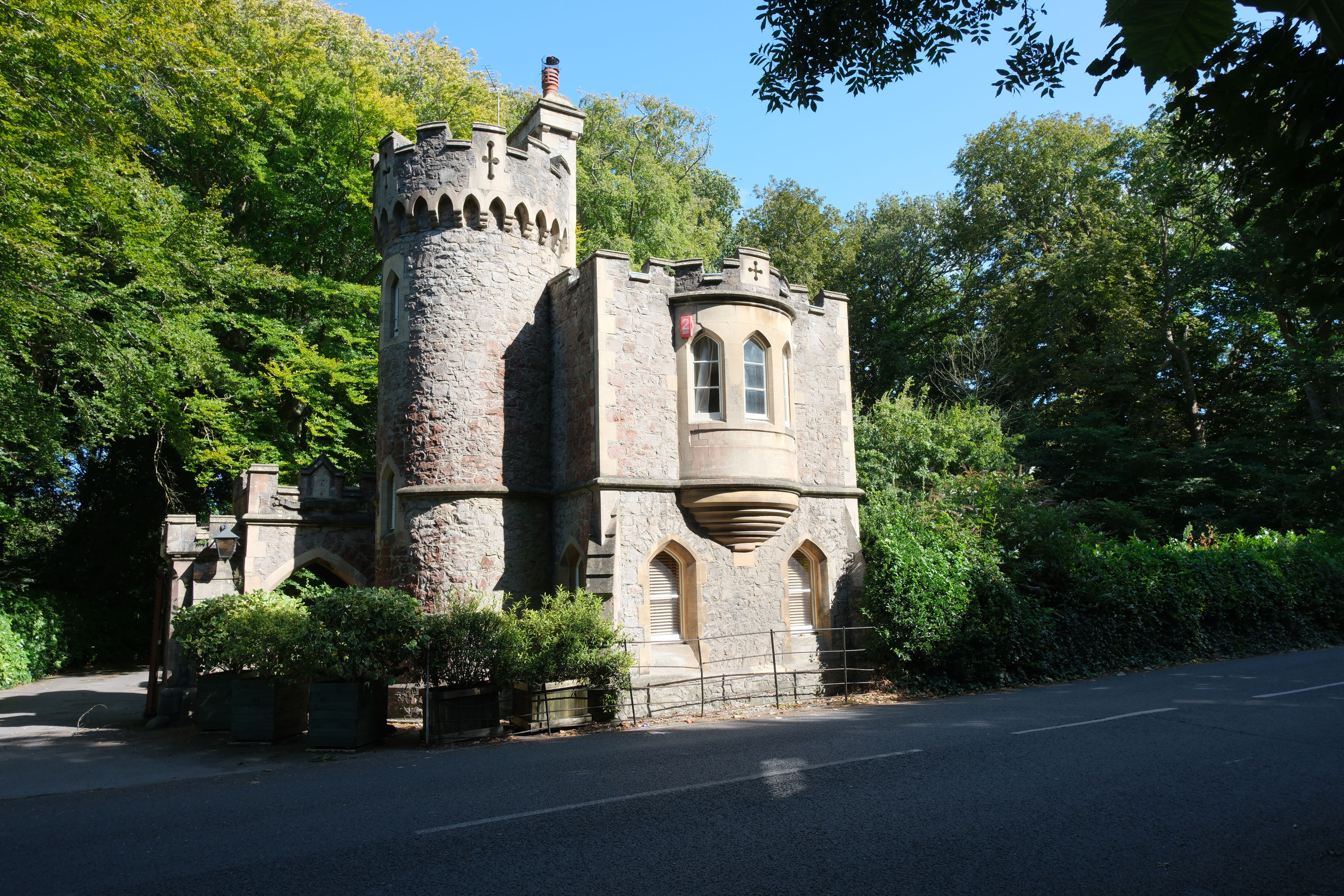


Features ★★★★☆ | This lens's maximum aperture of f/2.8 is on the low side, but its physical aperture ring and weather sealed construction are major plus points. |
Design ★★★★★ | The XF16mm F2.8's key attribute is its size. It's compact enough for any travel setup and balances well on any X-mount body. |
Performance ★★★★☆ | The optical performance is generally very good, but definition does fall away at the edges somewhat, and this is very noticeable on Fujifilm's newer 40MP cameras. |
Value ★★★★☆ | This is not an expensive lens, and yet the finish and the controls are first rate. The specs might be modest, but it's great value. |
Best street prime for the X-T50
Specifications
Reasons to buy
Reasons to avoid
The Fujinon XF 23mm f/2 R WR is equivalent to a 35mm lens in full frame camera terms, which is considered by many to be the ideal focal length for street photography, or even as a perfect semi-wide standard lens. Most 35mm equivalent lenses will have a maximum aperture of f/1.8 or f/1.4, so it looks like the XF 23mm f/2 R WR falls a little short in this respect. However, it’s a small price to pay for this lens’s compact size, affordable pricing and superb build and handling. It has a physical aperture ring too, so it perfectly sets off the X-T50’s traditional exposure controls.
See our full Fujinon XF 23mm f/2 R WR review
Features ★★★★★ | The equivalent 35mm focal length is a favorite and the lens sports an aperture control ring but no optical stabilizer. |
Design ★★★★☆ | Build quality feels very solid, despite the compact and lightweight build, and includes weather-seals. |
Performance ★★★★★ | This lens is impressively sharp across the whole image frame, even wide-open at f/2. |
Value ★★★★☆ | It’s naturally not as ‘fast’ as the XF 23mm f/1.4 but is very good value at the price. |
Best pancake lens for the X-T50
Specifications
Reasons to buy
Reasons to avoid
The Fujinon XF 27mm f/2.8 R WR is a very interesting lens which it would be easy to overlook. Fujifilm has had a 27mm pancake prime in its range for a long time, but this updated version arrived with the Fujifilm X-E4 and brought weather sealing and a physical aperture ring. It’s not so easy to find now as a standalone purchase, but it’s well worth seeking out because it’s so slim it practically makes the X-T50 a jacket pocket camera. One downside is the f/2.8 maximum aperture, another is an older AF actuator that’s a tad noisy and slow by modern standards. But the good news is the optical quality, which isn’t compromised at all by the slimline design. This is actually a really good little lens.
See full Fujinon XF 27mm f/2.8 R WR review


Features ★★★★☆ | Although it has an ultra-thin build, Fujifilm has still managed to squeeze in an aperture control ring and autofocus. |
Design ★★★★★ | The ‘pancake’ design makes the lens amazingly compact but it’s still weather-sealed and has good handling. |
Performance ★★★★☆ | Autofocus is a little pedestrian and audible but image quality is impressively sharp, especially for a pancake lens. |
Value ★★★★☆ | It’s pretty good value at the price, especially if you want a small lens for travel or candid shooting. |
Best standard prime for the X-T50
Specifications
Reasons to buy
Reasons to avoid
In full frame camera terms, the Fujinon XF 35mm f/2 R WR offers the equivalent of a 53mm focal length, so this is a classic ‘nifty fifty’ for Fujifilm’s APS-C cameras, and makes an ideal pairing with the X-T50. It’s true that the Fujinon XF 33mm f/1.4 R LM WR offers a faster maximum aperture and even better optical performance, but this is a bigger and more expensive professional lens, while the design and size of the XF 35mm f/2 R WR suit the X-T50 much better. The optical performance is great, the handling is superb and it’s not even that expensive to buy. Fujifilm may have moved on since the early days of the X-Pro series and its compact prime lenses, but the lenses are still great buys today, especially since Fujifilm has revived its compact retro camera designs with the X-T50.
See our full Fujifilm XF35mmF2 R WR review
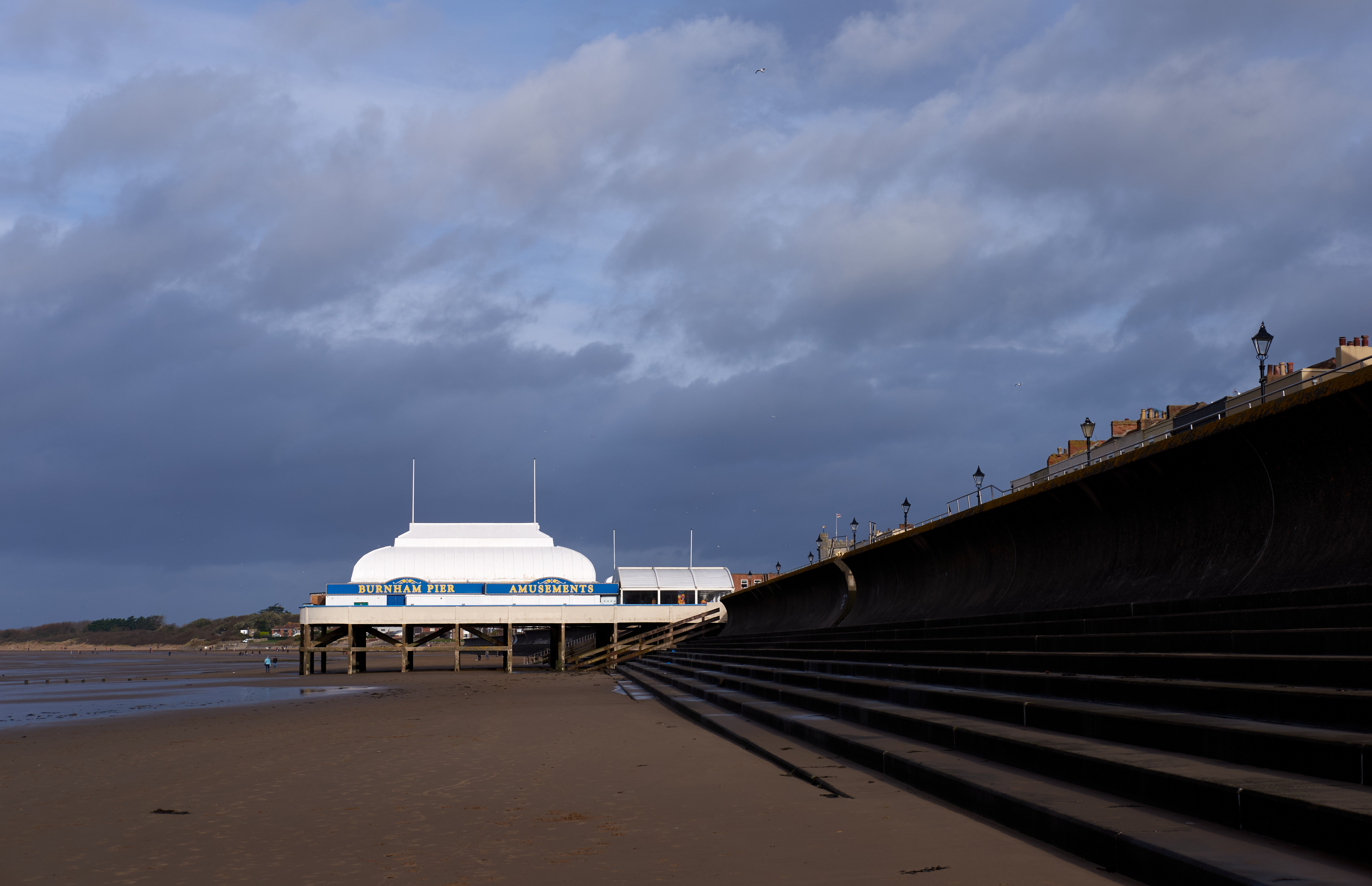

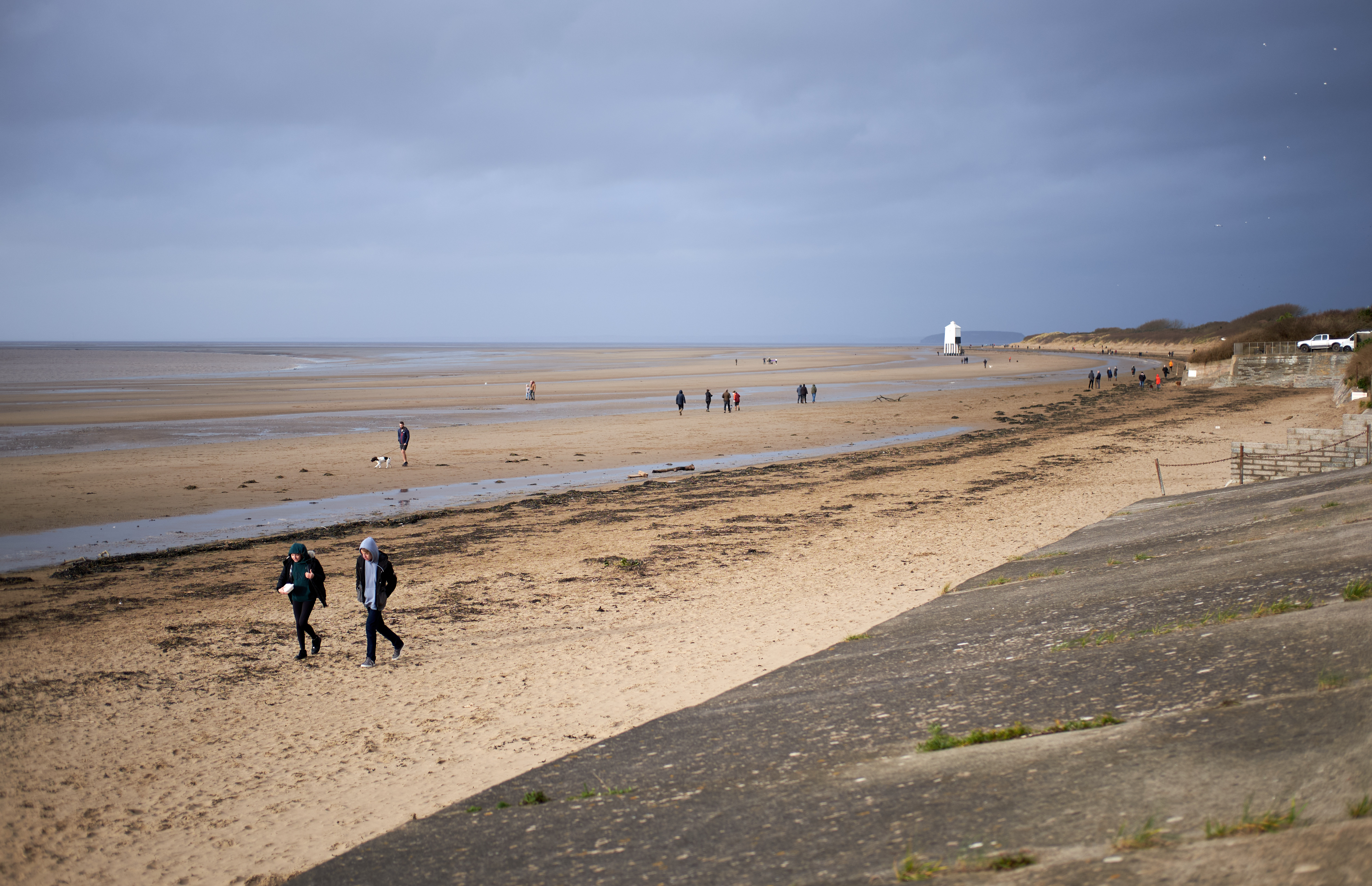
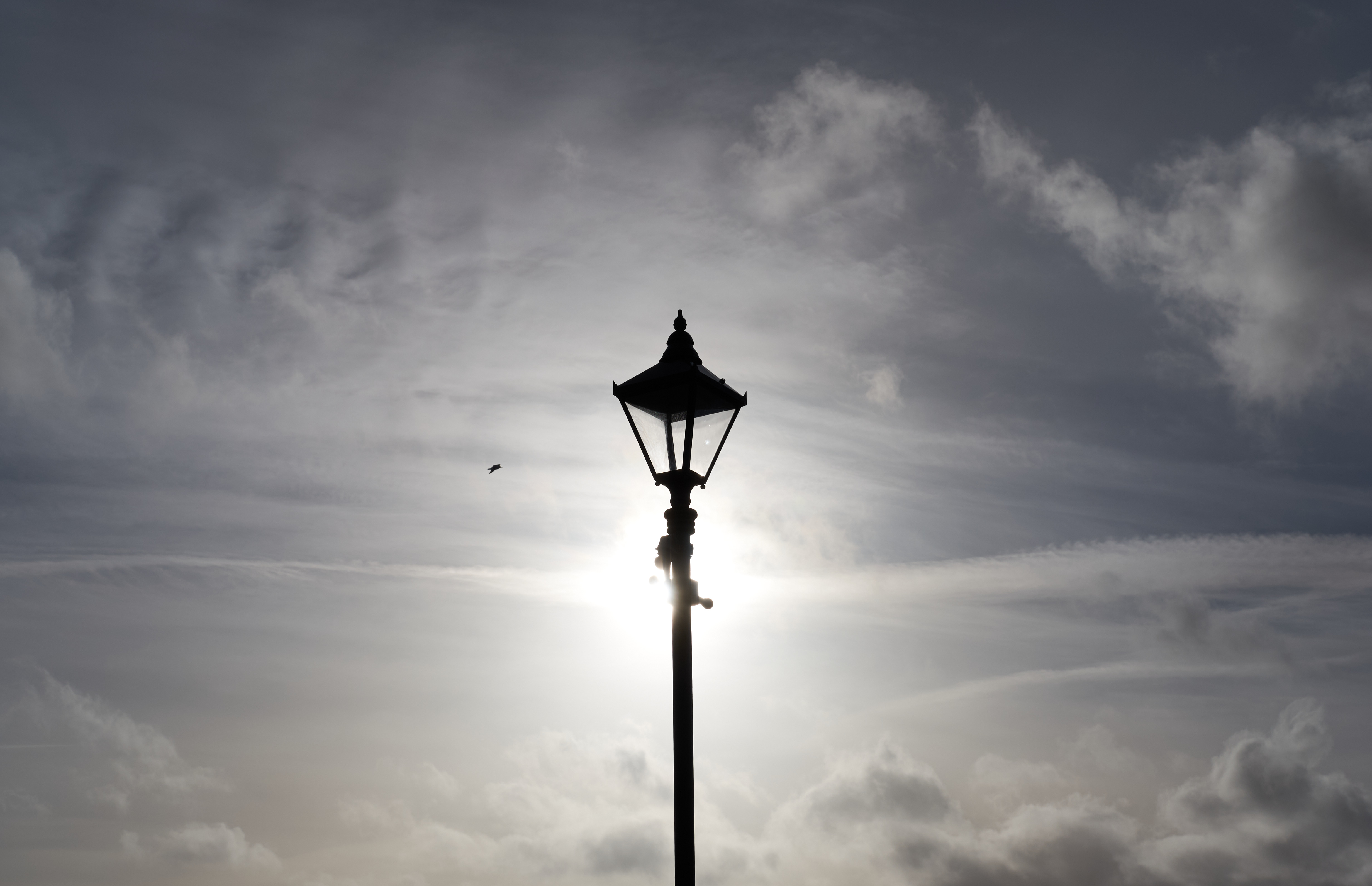
Features ★★★★☆ | Typical of up-market XF lenses, this one features an aperture control ring but the f/2 aperture isn’t particularly fast. |
Design ★★★★★ | An upside of the modest aperture rating is that the lens is compact and lightweight, and it nevertheless features weather-seals. |
Performance ★★★★☆ | Autofocus is brisk and image quality is nice and sharp but you can struggle to get a tight depth of field. |
Value ★★★★☆ | It’s pretty close to the equivalent of a 50mm f/1.8 lens for full-frame cameras, and a bit pricey compared to most. |
Lab data and comparisons
The graphs below show the comparative performance of the lenses in this guide, based on our in-house lab tests. There’s not a great amount of variance in terms of sharpness but, unsurprisingly, the Fujifilm XF prime lenses draw slightly ahead of the others. Averaged out over the zoom range, the zoom lenses score well for overall distortion and automatic in-camera correction is available anyway, as it is for color fringing.
Scores for sharpness and color fringing are averaged from data taken across the entire image frame, from the center to the edges and corners, throughout the aperture range. For zoom lenses, the scores are also averaged from data measured at all marked focal lengths, and the same applies to distortion. Bear in mind that these average values don't fully reflect specific areas of performance. For example, a zoom lens might have noticeable barrel and pincushion distortion at its shortest and longest focal lengths respectively, which tends to average out when looking at the data overall. For more detailed graphs of each lens's performance, which give the full picture, check out the graphs in our full standalone lens reviews.
How we test lenses
The lens experts in our testing lab run a range of tests under controlled conditions, using the Imatest Master testing suite. Photos of test charts are taken across the range of apertures and zooms (where available), then analyzed for sharpness, distortion and chromatic aberrations.
We use Imatest SFR (spatial frequency response) charts and analysis software to plot lens resolution at the centre of the image frame, corners and mid-point distances, across the range of aperture settings and, with zoom lenses, at four different focal lengths.
There's more to it than just the technical side, though! Beyond the lab, our reviewers test lenses in real-world environments – and sometimes on professional shoots! We work with lenses both indoors and outdoors, in studio conditions and in natural light, with as many different subjects as is possible (or appropriate – there's no point testing a landscape lens' ability to shoot a portrait!).
We take into account everything from handling and ease of use to speed of autofocus and the overall quality of the images produced.
Find out more about how we test and review on Digital Camera World
The best camera deals, reviews, product advice, and unmissable photography news, direct to your inbox!

Rod is an independent photography journalist and editor, and a long-standing Digital Camera World contributor, having previously worked as DCW's Group Reviews editor. Before that he has been technique editor on N-Photo, Head of Testing for the photography division and Camera Channel editor on TechRadar, as well as contributing to many other publications. He has been writing about photography technique, photo editing and digital cameras since they first appeared, and before that began his career writing about film photography. He has used and reviewed practically every interchangeable lens camera launched in the past 20 years, from entry-level DSLRs to medium format cameras, together with lenses, tripods, gimbals, light meters, camera bags and more. Rod has his own camera gear blog at fotovolo.com but also writes about photo-editing applications and techniques at lifeafterphotoshop.com
- Matthew Richards
- Gareth BevanReviews Editor
